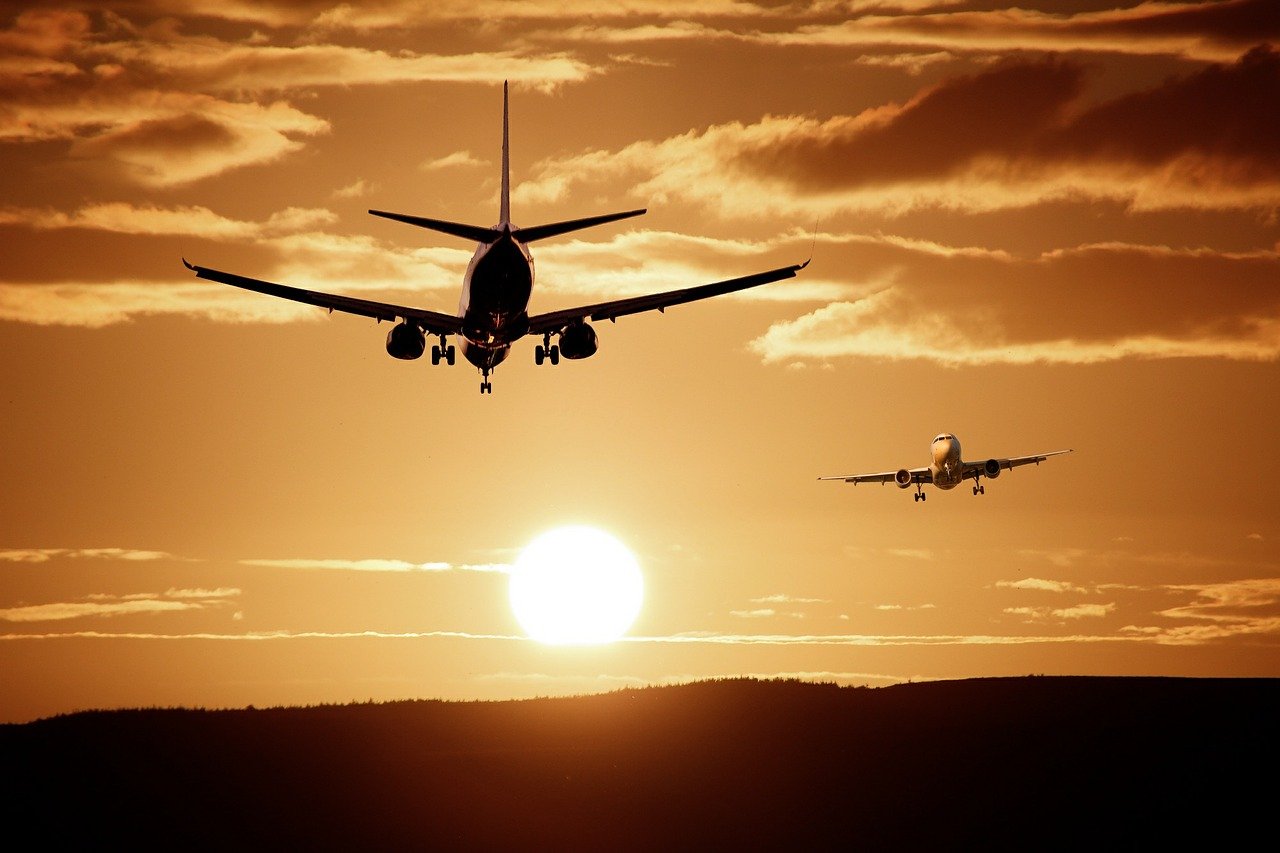
By Ashley Erika O. Jose, Reporter
SUPPLY CHAIN bottlenecks are expected to constrain the airline industry’s projected growth as aircraft production delays and rising maintenance costs weigh on carriers’ fleet expansion plans, the International Air Transport Association (IATA) said.
“Challenges within the aerospace industry’s supply chain are delaying production of new aircraft and parts, resulting in airlines reevaluating their fleet plans and, in many cases, keeping older aircraft flying for extended amounts of time,” IATA said in a report dated Oct. 13.
According to IATA, a trade association of airlines, the global commercial backlog reached a record high of more than 17,000 aircraft last year, higher than the 2010-2019 average backlog of around 13,000 aircraft annually.
With this, the airline industry could potentially lose over $11 billion in 2025, it said, noting that supply chain issues have led to excess fuel costs, higher maintenance expenses, additional engine leasing costs, and surplus inventory holding costs.
“The current aerospace industry economic model, disruptions from geopolitical instability, raw material shortages, and tight labor markets all contribute to the origin of the matter,” IATA said.
“Airlines depend on a reliable supply chain to operate and grow their fleets efficiently. Now we have unprecedented waits for aircraft, engines, and parts, and unpredictable delivery schedules,” IATA Director General William M. Walsh said.
In an earlier report, IATA said the airline industry is projected to improve despite global economic uncertainty. It expects the aviation sector to post a net profit of $36 billion in 2025, higher than the $32.4 billion recorded in 2024.
Nigel Paul C. Villarete, a senior adviser on public-private partnerships at the technical advisory group Libra Konsult, Inc., said supply chain disruptions will likely affect the Philippines but probably with less frequency or severity.
“We’re not a pass-through or transfer country in the supply chain; we are more of a supplier or recipient destination. Our growth is directly dependent on overall economic growth, so for as long as our national economic position is robust, we’ll have the same for this sector, too,” he said in a Viber message.
Supply chain disruptions will continue to affect existing and traditional operations, he said, noting that the extent of the impact will vary across sectors.
“Changing where supply originates and where these are delivered and through which airline or airport will impact growth. Of course, this may favor some airlines but will surely negatively impact others,” he said.
“Any change in the existing arrangement could and will affect airlines — some with unexpected increases while others will feel a decline in frequency, numbers, or both,” Mr. Villarete added.
According to the IATA report, supply chain challenges have resulted in excess fuel costs as airlines continue to operate older aircraft that are less fuel-efficient, leading to higher fuel expenses.
“The global fleet is aging, and older aircraft require more frequent and expensive maintenance,” it said.
“Last year, as with many airlines, we had reliability issues largely due to supply chain and engine issues. Our operations teams have worked so successfully to overcome this,” Philippine Airlines (PAL) President Richard Nuttall said at a recent aviation forum.
Global supply chain constraints continue to hamper airline operations, with shortages of aircraft parts, skilled labor, and new planes posing significant challenges.
For the six months to June, PAL Holdings, Inc., the operator of flag carrier Philippine Airlines, saw its attributable net income rise by 28.31% to P7.66 billion from P5.97 billion in the same period last year.
Combined revenues for the January-to-June period increased by 2.66% to P93.34 billion from P90.92 billion a year earlier.
Last week, the company also announced plans to refurbish its older fleet, including Airbus A330 and Boeing 777 aircraft, with initial estimates for the project at $14 million to $15 million.
Cebu Air, Inc., the operator of budget carrier Cebu Pacific, reported that its attributable net income more than doubled to P8.97 billion in the first half from P3.55 billion a year earlier.
The company’s gross revenue for the first half rose by 23.11% to P63.33 billion from P51.44 billion a year ago. Passenger revenues accounted for most of its total at P44.23 billion, while cargo and ancillary revenues generated P3.51 billion and P15.59 billion, respectively.
The budget carrier previously said it had been implementing proactive measures to manage engine and supply chain issues to sustain growth.



